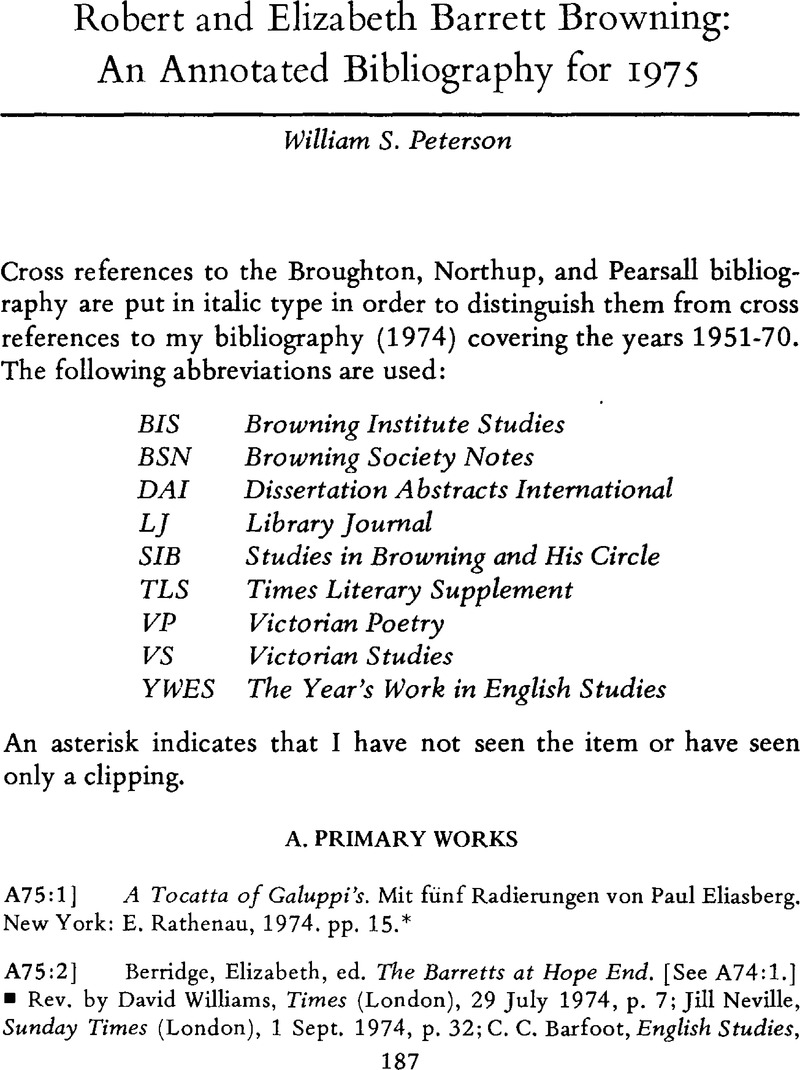Johnson, E. D. H.,
Theology Today,
31 (
01 1975),
361–62;
Economist, 254 (8 Mar. 1975), 107; Philip Toynbee,
Observer, 9 Mar. 1975, p. 29; Raymond Mortimer,
Sunday Times (London), 9 Mar. 1975, 38 (letter from N. P. F. Machin, 16 Mar., p. 14);
Google Scholar 